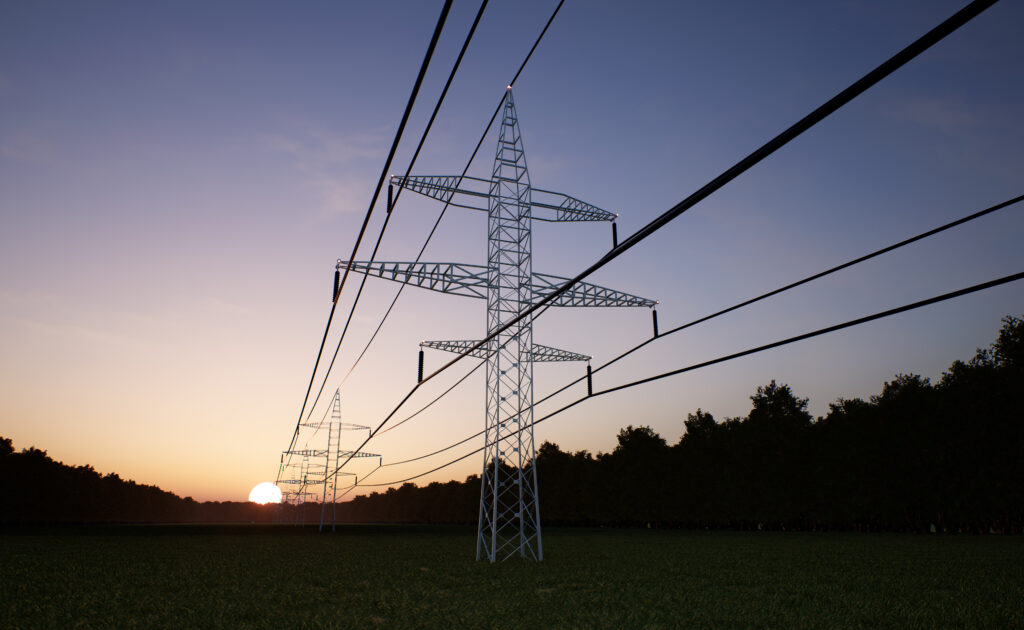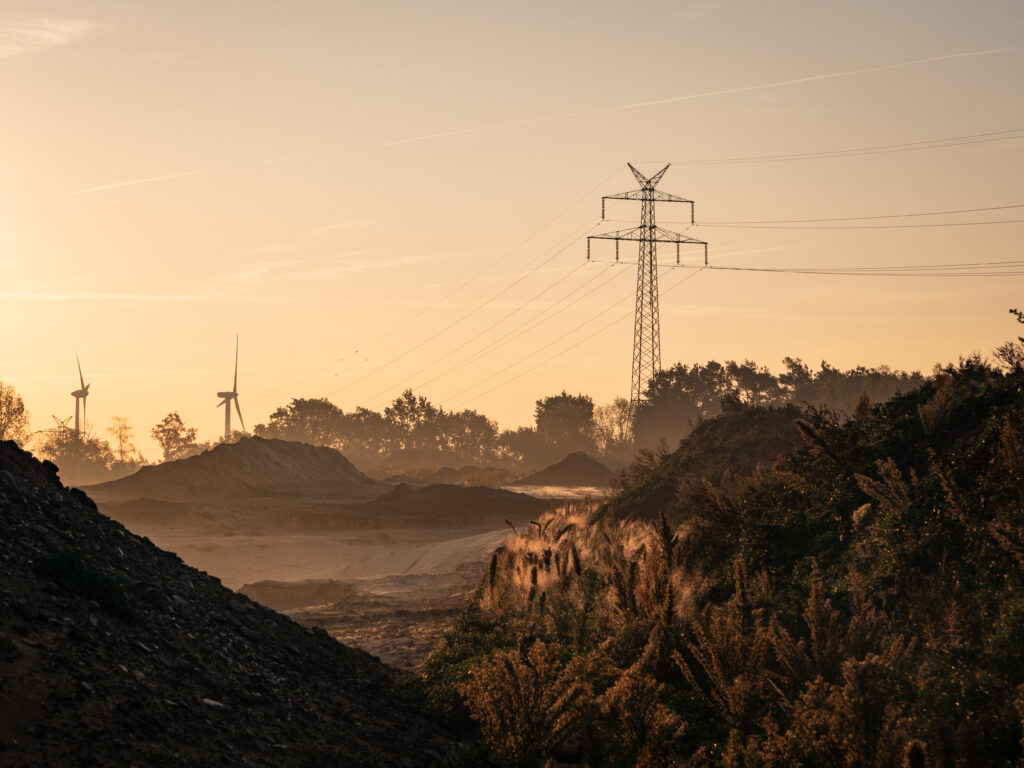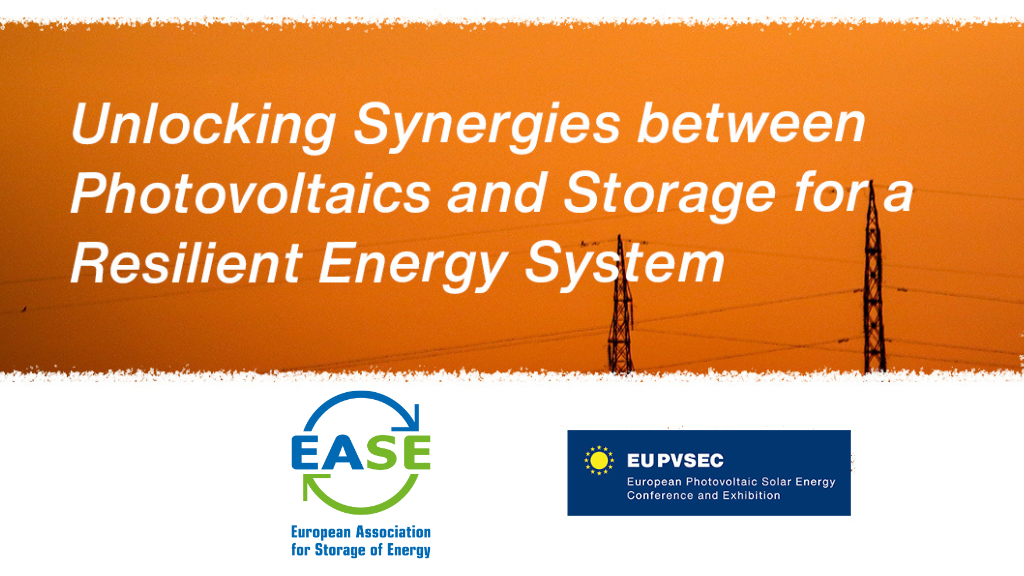June 2019 / Policy Papers
Recommendations on Certification of Renewable and Low-Carbon Hydrogen
Power-to-gas (PtG) and power-to-liquid (PtL) technologies are a key enabler of sector integration. By converting renewable and low-carbon electricity into other energy carriers, PtG and PtL facilities can contribute to the higher integration of vRES, introduce additional flexibility to the energy system, and help in the decarbonisation of the EU economy in line with the Paris agreement.
The upcoming revision of the ‘Gas Package’ presents a unique opportunity for the EU to clarify the regulatory framework applicable to PtG and PtL facilities and to create a supportive environment for the development and deployment of these technologies. In light of this, EASE has prepared some key recommendations for the certification of hydrogen produced through PtG, which we invite the EU institutions to consider.
PtG and PtL allow using electricity to produce renewable and/or low-carbon Hydrogen (H2) and other energy carriers. In this sense, PtG and PtL are key enabling technologies for the development of sector coupling1 as they contribute to integrating different energy infrastructures and vectors.
In this document, we will focus solely on hydrogen produced through PtG (i.e. by electrolysis), thereby making recommendations on its certification based on the nature of the electricity used in the electrolysis process. Other technologies to produce hydrogen such as Steam Methane Reforming (SMR) are not considered in this paper.




